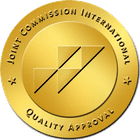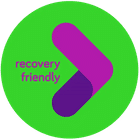Table of Contents
What are the statistics for adolescent opioid use?
The story of opioid use in teens often begins innocently enough – a sports injury, dental surgery, or chronic pain condition leads to a legitimate prescription. What many teenagers and their parents don’t realize is that these seemingly safe medications can open the door to a devastating cycle of dependence.
As they navigate this vulnerable stage of life, one prescription can quickly spiral into something far more dangerous, affecting their physical health and emotional well-being.
As families become increasingly aware of the opioid crisis in the United States, common questions often arise: How can I tell if my teen is misusing their medication? What are the signs of addiction to look out for? This blog by GateHouse Treatment aims to address these concerns and provide valuable insights on recognizing the warning signs and understanding the nuances of prescription drug use.
When Does Opioid Use Become a Dependency?
Not every teen who takes opioids will develop an addiction, but continued use can quickly lead to dependence. Opioids attach to receptors in the brain that control pain and pleasure, releasing dopamine and creating an intense feeling of well-being. Over time, the brain adjusts, making it harder to experience pleasure naturally, and this phase is where dependence begins.
Some teens start taking higher doses than prescribed or use opioids in ways other than intended (such as crushing and snorting pills) to achieve the same euphoric effect. As tolerance builds, they may seek more potent opioids, including illicit ones like heroin or fentanyl.
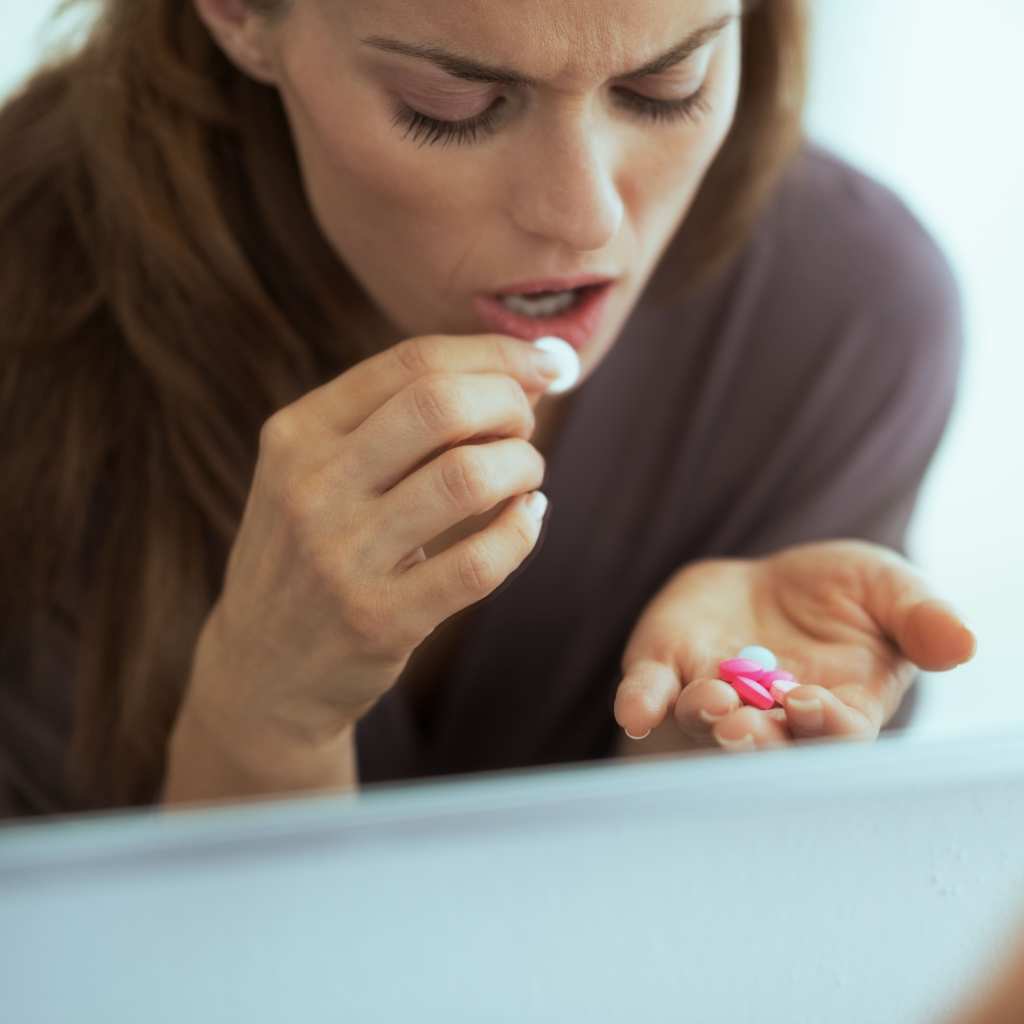
Signs That a Teen May Be Struggling with Opioid Dependence
- Using opioids longer than prescribed or taking higher doses
- Seeking out opioids from friends or buying them illegally
- Becoming secretive about their activities and whereabouts
- Sudden drops in academic performance or loss of interest in hobbies
- Mood swings, increased irritability, or depression
- Experiencing withdrawal symptoms like nausea, sweating, or muscle pain when not using
Statistics of Opioid Use in Teens
Opioid misuse remains a significant issue among adolescents and young adults in the U.S. According to the National Survey on Drug Use and Health (NSDUH):
- In 2023, 2.2% of adolescents (aged 12-17)—approximately 574,000 teens—reported misusing opioids.
- Among young adults aged 18-25, opioid misuse is even more prevalent, with many obtaining these drugs from friends, family members, or leftover prescriptions.
- Although prescription drug abuse rates among adolescents have declined slightly in recent years, overdose deaths remain alarmingly high.
According to the CDC, overdose deaths among teens aged 10-19 increased by 109% between 2019 and 2021, with illicitly manufactured fentanyl (IMFs) contributing to 84% of these fatalities. Many of these overdoses involved counterfeit pills—dangerous substances disguised to look like common prescription medications but often laced with fentanyl.
Shockingly, nearly two-thirds of these fatal overdoses occurred with bystanders nearby, yet in many cases, no life-saving intervention was provided in time.
Use of Opioids and Other Prescription Drugs in Students
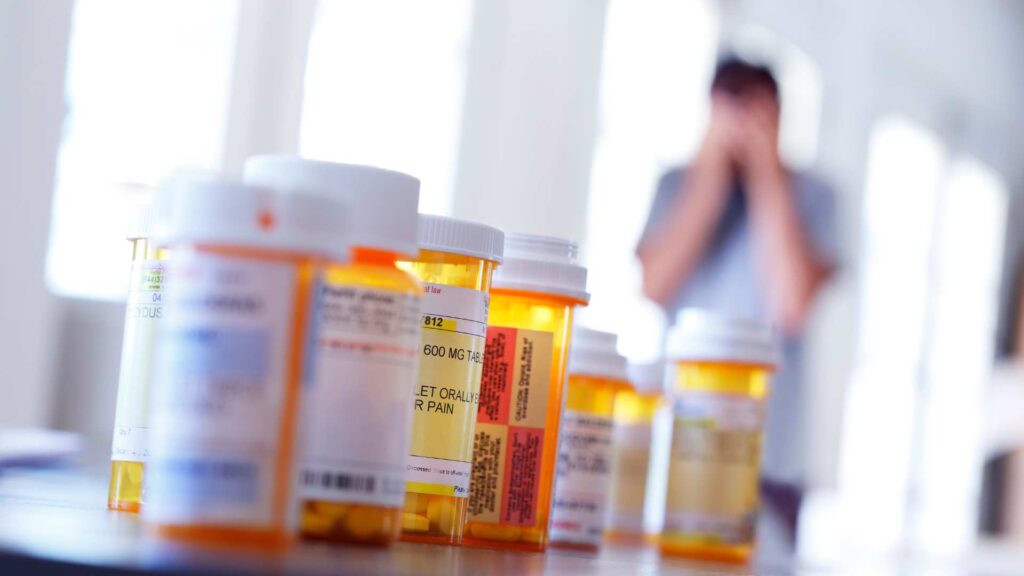
The Ohio State University studied the trends in teen prescription drug misuse, particularly opioids. While alcohol and marijuana remain the most commonly used substances among high school students, prescription medications rank third. Estimates suggest that between 6% and 16% of teens misuse prescription drugs annually, with opioid misuse ranging from 4% to 9%. Although many students do not engage in this behavior during high school, they may still be at risk of initiating misuse in college.
Motivations for misuse vary, but common reasons include relaxation, experimentation, and stress relief. These factors raise concerns about how these behaviors might carry over into college life, where academic and social pressures increase. Many teens do not perceive occasional misuse as harmful, though they recognize the dangers of regular use, including addiction and overdose.
Treatment and Prevention Strategies
Addressing prescription opioid use in teens requires a comprehensive approach that emphasizes education, prevention, and accessible treatment options.
- Education and Awareness – Teaching teens and young adults about the dangers of prescription misuse can help prevent experimentation. Programs that focus on the risks of opioid addiction, overdose, and the connection to heroin can be particularly effective.
- Safe Medication Practices – Parents and guardians should properly store and dispose of prescription medications to prevent unauthorized access. Keep in mind to discard unused or expired medications through drug take-back programs rather than keep them at home.
- Early Intervention – If a young person begins showing signs of prescription drug misuse, early intervention can make a significant difference. Speaking openly about substance use, setting clear boundaries, and seeking professional help when needed can prevent escalation.
- Access to Treatment – For those who are struggling with prescription drug dependence, comprehensive treatment options are available. GateHouse Treatment offers various levels of care, including medical detox, partial hospitalization programs (PHP), intensive outpatient programs (IOP), medication-assisted treatment (MAT), and ongoing recovery support.
Overcoming Opioid Use in Teens with GHT
At GateHouse Treatment, we know that substance dependence can happen to anyone, and opioid use in teens is no exception. Our approach focuses on integrating medical care with personalized therapy and ongoing support to help individuals break free from dependence.
If you or someone you love is struggling with opioid dependence, now is the time to seek help. Reach out to us at (855) 448-3588 or contact us online, and let’s discuss our tailored recovery programs. You don’t have to face this journey alone; support is available, and your path to a healthier life starts today.
- How a Partial Hospitalization Program Supports Addiction Recovery - March 19, 2025
- Exercise for Addiction Recovery: A Power Way for Healing and Balance - March 7, 2025
- Alcohol Poisoning: How to Recognize and Prevent It - February 26, 2025


